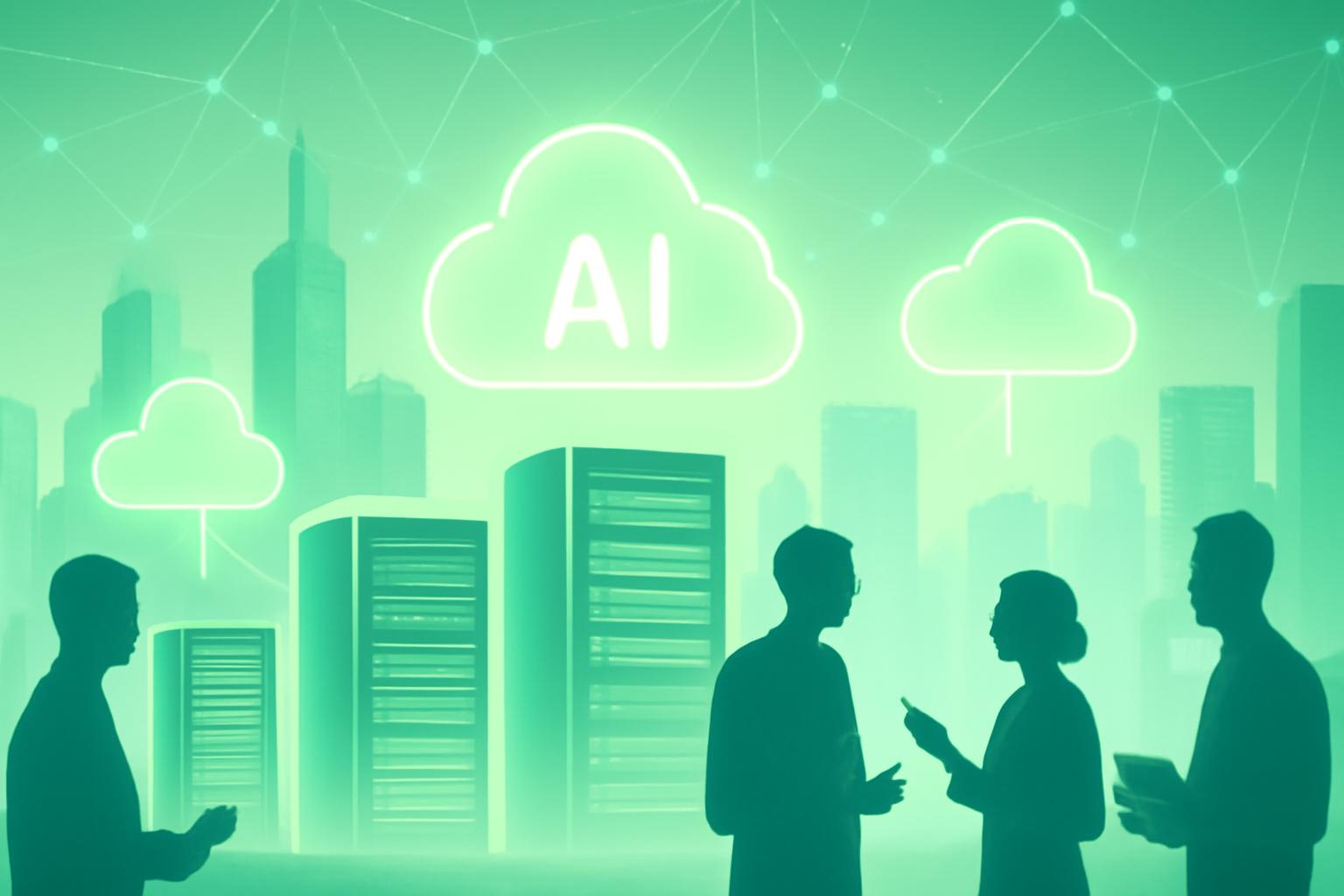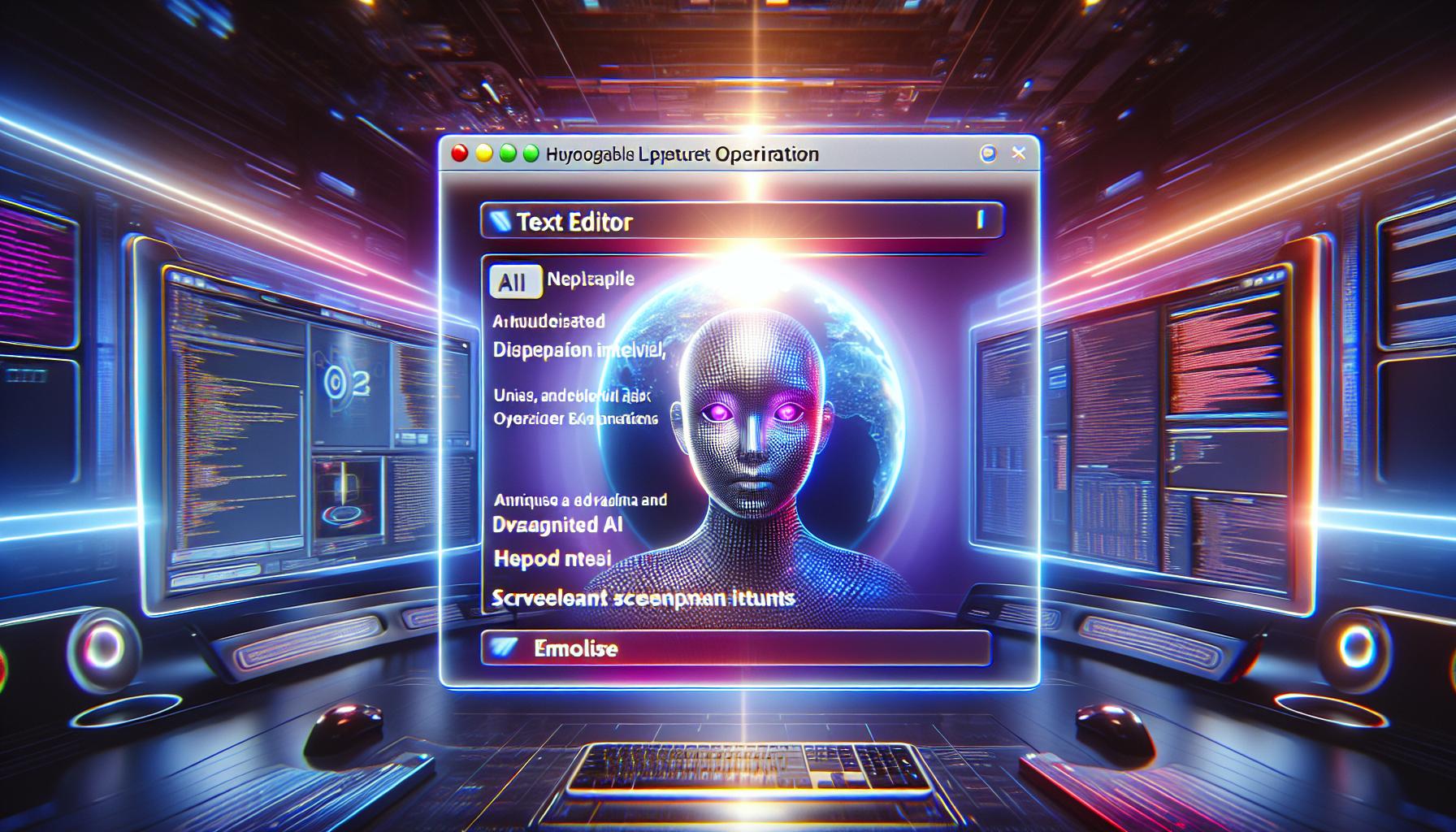The AI Infrastructure Race: Overview
The rapid evolution of artificial intelligence has spurred an unprecedented demand for computing infrastructure. Industry leaders predict that by 2030, $3 trillion to $4 trillion will be invested globally in AI infrastructure alone. This surge is fueling vast capital deployments in cloud services, data centers, and specialized hardware, with major players like Microsoft, Oracle, Nvidia, Meta, and OpenAI at the forefront.
Microsoft’s Strategic $1 Billion Bet on OpenAI
The AI boom arguably began in 2019 when Microsoft invested $1 billion in OpenAI, securing exclusive rights to provide cloud infrastructure for the startup. This partnership evolved with Microsoft increasingly extending Azure cloud credits instead of direct cash, underpinning OpenAI’s massive computing costs. Microsoft’s investment ballooned to nearly $14 billion, positioning it to benefit substantially as OpenAI transitions to a for-profit entity. However, starting in 2025, OpenAI diversified its cloud partnerships, granting Microsoft a right of first refusal but exploring additional providers to meet escalating infrastructure needs. This model has become standard in the AI sector, with companies like Anthropic receiving $8 billion from Amazon and Google Cloud hosting emerging AI firms, illustrating the intertwining of investment and infrastructure commitments.
Oracle’s Ascendancy in AI Cloud Services
Oracle has rapidly emerged as a dominant AI infrastructure provider. In mid-2025, it disclosed a $30 billion cloud services deal with OpenAI, surpassing its entire previous fiscal year’s cloud revenue. Subsequently, Oracle announced a staggering five-year, $300 billion computing agreement set to commence in 2027, signaling massive anticipated growth. These agreements propelled Oracle’s stock and briefly made founder Larry Ellison the world’s richest individual. Although the $300 billion figure reflects expected expansion rather than immediate spending, it solidifies Oracle’s critical role in powering AI workloads.
Nvidia’s GPU Monopoly and Investment Strategy
Nvidia’s GPUs remain the backbone of AI computation. The company’s dominance enables it to reinvest profits back into the ecosystem, exemplified by a $5 billion, 4% stake acquisition in Intel and a $100 billion GPU-for-stock investment in OpenAI. Similar GPU-for-equity deals extend to Elon Musk’s xAI and AMD’s collaboration with OpenAI. This circular investment model ensures Nvidia’s hardware scarcity and maintains the high valuation of both Nvidia’s and OpenAI’s privately held stock, though it may attract regulatory scrutiny if momentum slows.
Legacy tech giants like Meta are investing heavily in physical infrastructure to meet AI demands. Mark Zuckerberg announced plans to invest $600 billion in U.S. infrastructure by 2028, with a significant portion allocated to AI compute. In 2025 alone, Meta increased spending by $30 billion year-over-year, including a $10 billion cloud contract with Google and the development of two major data centers: Hyperion in Louisiana, powered partly by nuclear energy, and Prometheus in Ohio, running on natural gas. These expansions raise environmental concerns, highlighted by Elon Musk’s xAI data center in Tennessee, which has become a major local source of smog-producing emissions, challenging regulatory compliance.
The Stargate Initiative: Ambition Meets Reality
In 2025, the Trump administration announced the “Stargate” project—a $500 billion joint venture involving SoftBank, OpenAI, and Oracle to build AI infrastructure across the U.S. Hailed as the largest AI infrastructure project ever, it aimed to expedite development by reducing regulatory barriers. Despite initial enthusiasm, internal disagreements and skepticism about funding have slowed progress. Nevertheless, construction continues on eight data centers in Abilene, Texas, with completion expected by the end of 2026.
FinOracleAI — Market View
The AI infrastructure boom is reshaping the technology landscape, with vast capital commitments reflecting the critical role of compute power in AI development. While investments promise accelerated innovation, they also pose challenges related to supply chain constraints, environmental impact, and regulatory oversight.
- Opportunities: Expansion of cloud services and data centers offers growth for infrastructure providers and hardware manufacturers.
- Risks: Environmental concerns and regulatory scrutiny could delay projects or increase costs.
- Market Dynamics: Nvidia’s GPU supply dominance underpins AI advancements but creates dependency risks.
- Strategic Partnerships: Alliances between AI labs and cloud providers are critical to scaling AI capabilities efficiently.
- Geopolitical Influence: National projects like Stargate highlight the strategic importance of AI infrastructure in global competitiveness.
Impact: The massive infrastructure investments underline AI’s transformative potential but require balanced management of growth, sustainability, and market concentration to ensure long-term industry health.













